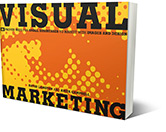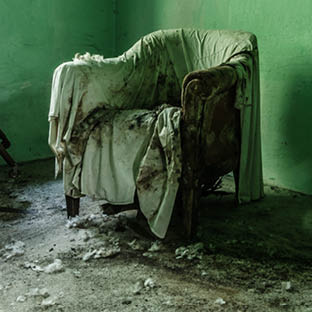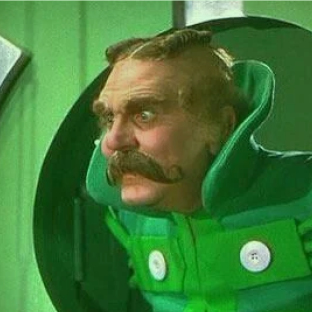Here’s how designers really examine designs to improve communication
On the French spy drama, The Bureau, a young agent asks Guillaume Debailly, her superior, “Do you believe in intuition?” And Debailly immediately dismisses her with, “No.” Then he pushes her to think about what she calls intuition, “Did something in the file catch your attention, and you told yourself you were probably overreacting? Try to figure it out. That's intuition. Something you saw and let slip, and it's stuck in your mind.”
Debailly doesn’t believe in the magic of intuition. He believes in the ability of the mind to see something but not immediately understand why it’s significant. A more experienced spy learns to trust those impulses, not because they are magical, but because they are learned from experience.
Much of graphic design seems intuitive, and yet it is often learned. We work on layouts for a poster or figure out how to organize the content on the website and make it “look good.” But there’s a lot more to it than that. The experienced designer is thinking about how the content will communicate and how the organization of that content will engage the viewer. “Intuition” seems magical and belies the deeper understanding of how typography and elements can convey information in effective ways.
When designers look at a layout, they may see an underlying grid, they may establish a hierarchy with size, position, color, and contrast. We are hired to make something look good, but we deliver much more. A good design will not only capture your attention but will effectively communicate. Milton Glaser said in an interview with David Pogue, “Design is not appearance, but a way of thinking about information and conveying ideas to others.”
Understanding how designers see
My wife and I have this ongoing argument where I complain that clients don’t appreciate what we do, and she says, “It’s not that they don’t appreciate you; it’s that they don’t understand what you do.”
Clients often tell designers to change their designs with very detailed instructions without understanding the big picture. In my two-dimensional design course, each week we examine how an element of design — like line, shape, color, scale, contrast, and layout—contributes to the success of a design. It’s a theoretical exercise. In real life you can’t separate these elements. I am training the design students to use their eyes and minds to recognize how each element impacts the effectiveness of communications. We are looking beyond arbitrary choices, we are studying how each change in a design affects the overall communication.
Designers understand that every change has a consequence. You can’t make everything bold, or nothing is bold. When everything is important, nothing is important. Successful designs have balance and flow. They make it easy for your eye to navigate the layout. A successful design solution will guide the viewer through complex information where the content is disclosed progressively by the viewer as needed.
Good design requires making choices about the details while always keeping the big picture in mind. Apple is not a successful company because it does so many things but because it does one thing at a time. “It takes a lot of hard work,” Steve Jobs said, “to make something simple, to truly understand the underlying challenges and come up with elegant solutions.” One of the difficulties is that good communication takes time, it takes trial and error, it takes decisions about what you are going to say…and what you are not going to say. The biggest challenge is often in limiting your communications and allowing the viewer to go deeper. We often overload the viewer with too much content—even good content is useless if it isn’t presented clearly.
Back to Insights




